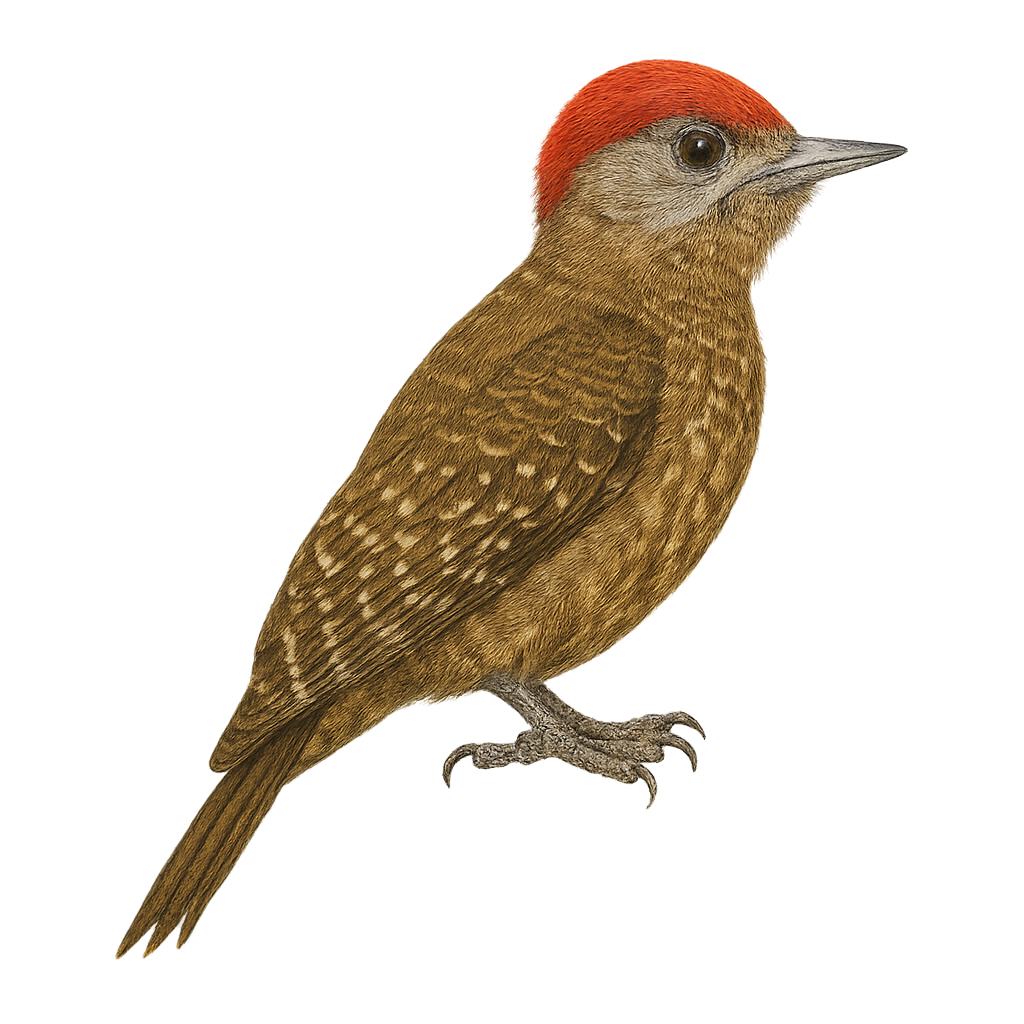Your wildlife photography guide.
Explore the little woodpecker in detail, study its behavior, prepare your shots.
Where to observe and photograph the little woodpecker in the wild
Learn where and when to spot the little woodpecker in the wild, how to identify the species based on distinctive features, and what natural environments it inhabits. The WildlifePhotographer app offers tailored photography tips that reflect the little woodpecker’s behavior, helping you capture better wildlife images. Explore the full species profile for key information including description, habitat, active periods, and approach techniques.
Little Woodpecker
Scientific name: Dryobates passerinus

IUCN Status: Least Concern
Family: PICIDAE
Group: Birds
Sensitivity to human approach: Suspicious
Minimum approach distance: 10 m
Courtship display: April to May
Incubation: 11-13 jours
Hatchings: April to June
Habitat:
tropical forests, subtropical forests, open wooded areas
Activity period :
Primarily active during the day, with peak activity in the morning and late afternoon.
Identification and description:
The Little Woodpecker, or Dryobates passerinus, is a small woodpecker native to South America, identifiable by its olive-brown plumage and barred belly patterns. It measures about 14 to 15 cm in length and weighs between 20 and 30 grams. This woodpecker is adept at climbing tree trunks in search of insects, its primary food source. It primarily inhabits tropical and subtropical forests but can also be found in more open wooded areas. Its call is discreet, consisting of small, high-pitched sounds. Although relatively common within its range, it is often difficult to spot due to its small size and discreet behavior.
Recommended lens:
400 mm – adjust based on distance, desired framing (portrait or habitat), and approach conditions.
Photography tips:
To photograph the Little Woodpecker, it is advisable to use a 400mm or longer telephoto lens to capture detailed images without disturbing the bird. Look for it in tropical and subtropical forests, paying attention to its discreet behavior. Be patient and remain still to avoid scaring it away. The best times to observe it are early in the morning or late in the afternoon when activity is at its peak. Use a tripod to stabilize your camera and get sharp shots.
The WildlifePhotographer App is coming soon!
Be the first to explore the best nature spots, track rutting seasons, log your observations, and observe more wildlife.
Already 1 431 wildlife lovers subscribed worldwide

